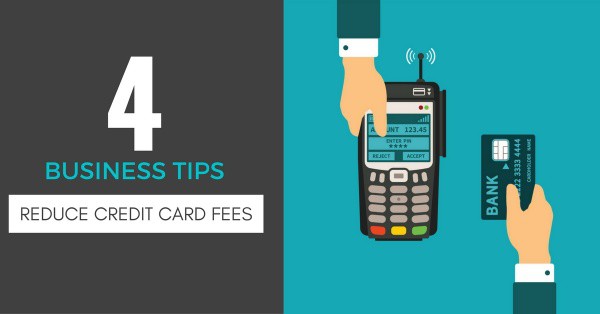“It’s all in the margins.”
This saying is so true. We manage bookkeeping and accounting for many business you likely know in Park City and Salt Lake City. In addition to managing daily, financial activities, we oversee big picture finances.
Increasing margins is a crucial part of that. And, if you are in any tourist or retail based business, you’ve likely experienced a moment of anger when looking at your form 1099-k that shows all your credit card fees for the year.
These “small” fees end up being huge! One of the things we do is teach our client to lower these fees and increase their margins.
Below we’ll explain 4 simple ways you can venture out to lower these credit card processing fees.
- Swipe, don’t enter manually
Transactions in which the merchant enters the cardholder’s information manually cost more in fees per transaction than swipes, according to Intuit Quickbooks. That’s because manually entered transactions are more vulnerable to fraud, since thieves often obtain credit card numbers without a physical credit card to make fraudulent purchases.
In addition, most credit cards contain magnetic stripes that have built-in security features that would not be used if the card is entered manually. Since the risk of fraud is higher, credit card processors charge you more for manually entered transactions.
“The reasoning is that fraud, and mistakes, are more likely when you let your fingers do the walking,” Dvorkin says.
The solution is to swipe the customer’s card whenever possible. This could mean re-training cashiers to always physically swipe a credit card during a transaction, instead of manually entering the card. If you suspect fraud, you can also ask for the customer’s driver license and a photo ID, to check that the name on the ID matches the name on the card. If it doesn’t match up, you can then decline the sale.
- Enter Everything
If you must key-enter your transactions, enter everything.Ever skip through the fields for Address, Zip, or CVV? Each time you skip something, you miss out on potential cost savings. The more info you enter, the more you ensure the lowest possible rate associated with that particular transaction. So, in addition to the usual card information, make a habit of also obtaining the billing address, billing zip code and the security (a.k.a. “CVV”) number associated with each card.
- Stay away from the bank
Banks provide merchant services. Yes, this is true but all but a few very large banks sign their customers with a private merchant service provider. Banks that do not provide their own merchant services, mark up fees from a merchant service provider, so they can also make money on your business.
You are basically paying extra for a middle person when you don’t have to be. Those banks that do provide their own merchant accounts have much higher fees and poor customer service when compared to merchant service providers. They also have much higher equipment prices and will almost always try and push or force equipment leases on their customers. Let your bank handle your checking account, but keep your merchant account separate.
- Ask your processor for a rate evaluation.
If your credit card sales have increased significantly since the time you originally opened your merchant account, you may be eligible for a rate review. All this requires is contacting your provider and asking them to review your activity.
Want help with increasing your margins and getting a better day-to-day picture of your company finances? Contact us for a free consultation.. We don’t bite 🙂

